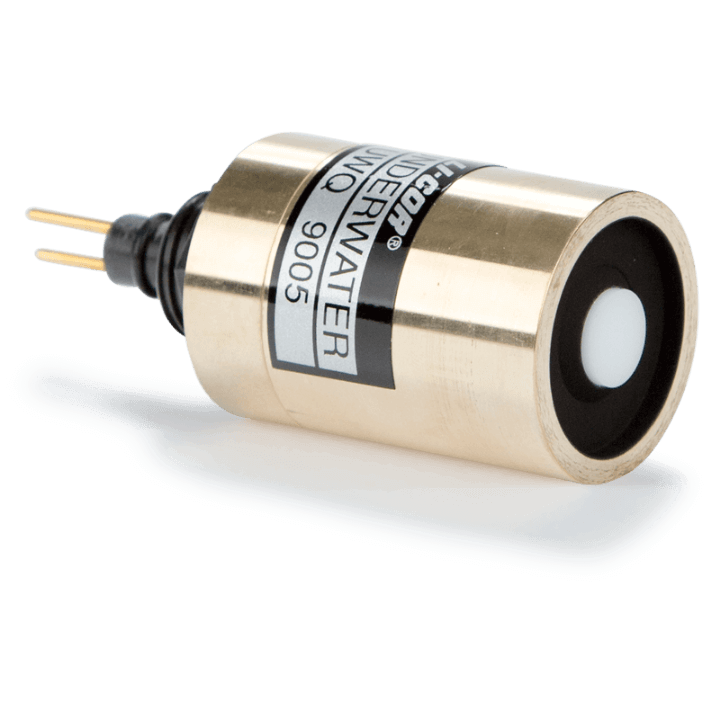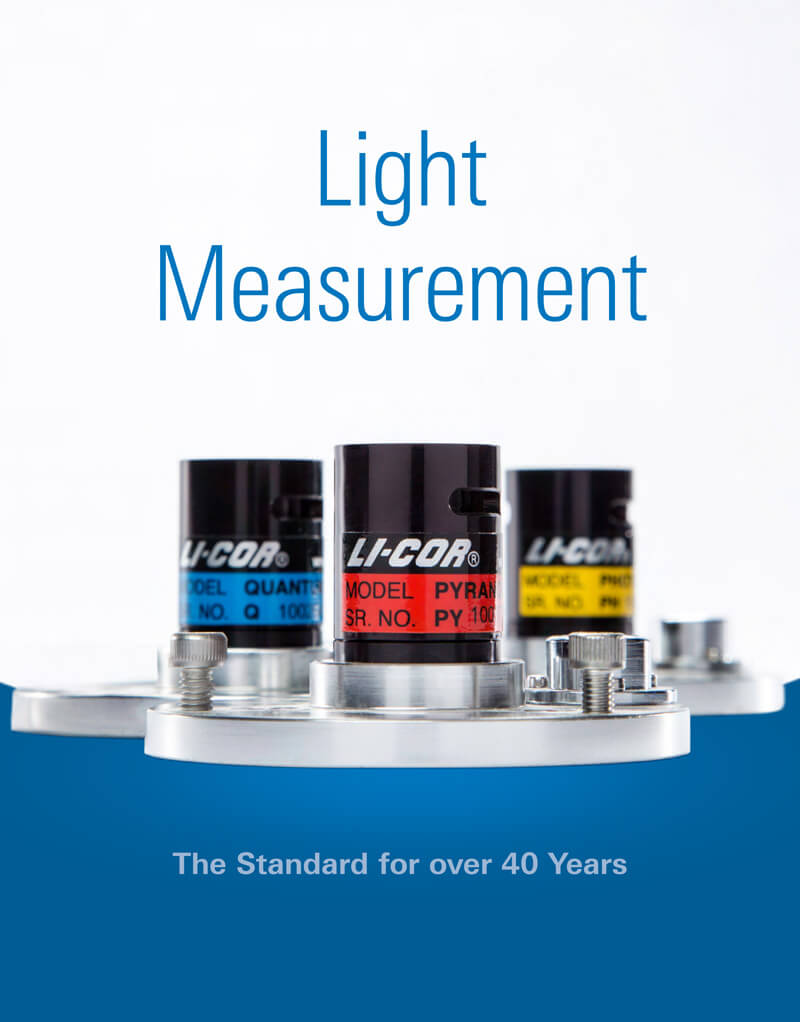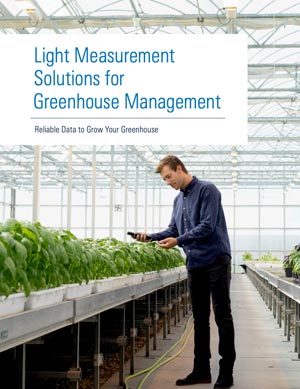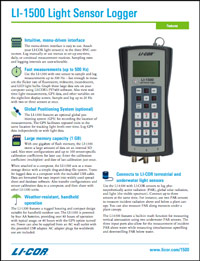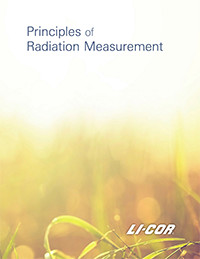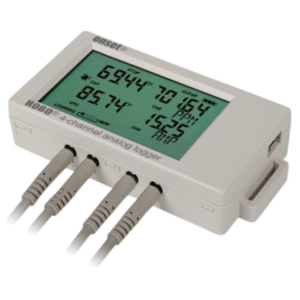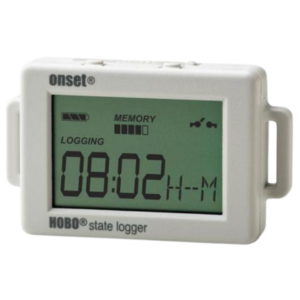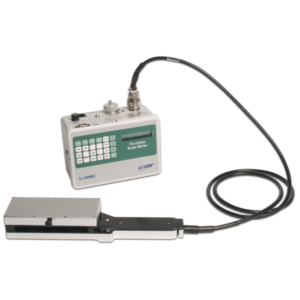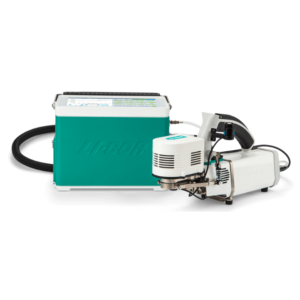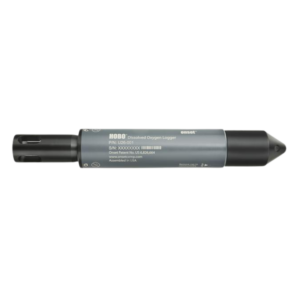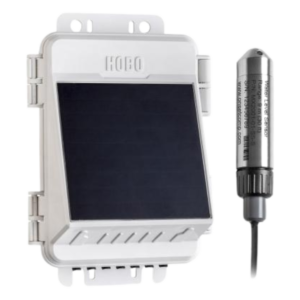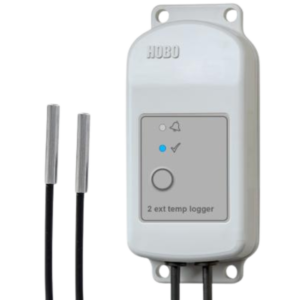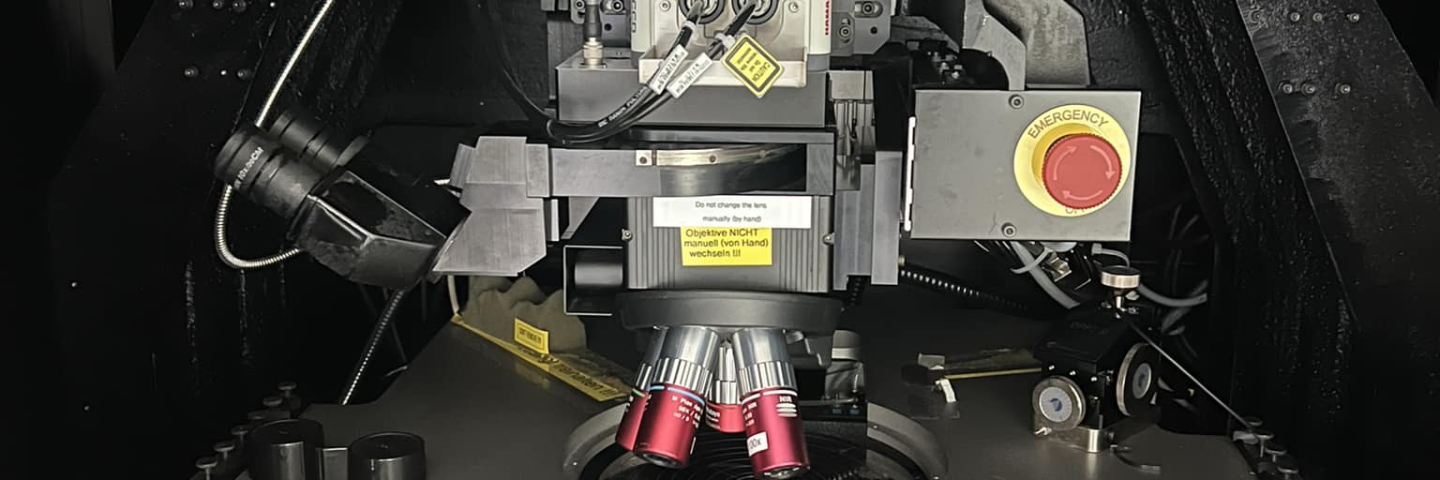Why choose the LI-192?
- Designed for immersion
- Rugged, corrosion-resistant sensors for use in fresh and saltwater environments
- Ideal for oceanography, limnology, turbidity, and vertical profiling
- Suitable for submerged and out-of-water measurements
How does it work?
The LI-192 uses a silicon photodiode and glass optical filters to create uniform sensitivity to light between 400 nm to 700 nm, which closely corresponds to light used by most aquatic plants and algae. A precision optical filter blocks light with wavelengths beyond 700 nm, which is critical for measurements in a water column, where the ratio of infrared to visible light may be high.
Cables and Accessories
The LI-192 is available with cable lengths ranging from 3 meters to 100 meters.
The 2009S Lowering Frame mounts one or two LI-192 sensors — one each for downwelling or upwelling radiation.
LI-192 Specifications
- Absolute Calibration: ± 5% in air traceable to NIST
- Sensitivity: Typically 4 μA per 1,000 μmol s-1 m-2 in water
- Linearity: Maximum deviation of 1% up to 10,000 μmol s-1 m-2
- Response Time: 10 μs
- Temperature Dependence: ± 0.15% per °C maximum
- Cosine Correction: Optimized for underwater and atmospheric use
- Azimuth: < ± 1% error over 360° at 45° elevation
- Operating Temperature Range: −40 °C to 65 °C
- Detector: High stability silicon photovoltaic detector (blue enhanced)
- Sensor Housing: Corrosion resistant metal with acrylic diffuser for both saltwater and freshwater applications. Waterproof to withstand approximately 5500 kPa, 560 meters (800 psi).
- Size: 3.18 cm diameter × 4.62 cm height (1.25” × 1.81”)
- Weight: 227 g (8 oz)
- Mounting: Three 6-32 holes are tapped into the base for use with the 2009S Lowering Frame or other mounting devices
- Cable: Requires 2222UWB Underwater Cable (available in 3, 10, 30, 50, 100 meter lengths)


